What is the Red Cherry Project? What are the flavor characteristics of Yejia Xuefei sun-red cherries?
Guide reading
In the bean list of Qianjie Coffee, you will see a very dazzling name-Yega Xuefei Sun Red Cherry! So what is the story of the origin of this coffee bean?
Red Cherry Project
The core content of the red cherry project is to use all-red coffee fruits to improve the quality of coffee. From today's point of view, full red fruit treatment is nothing new (isn't it taken for granted). In 2007, this would have been an iconic innovation event.
In 2007, Trabocca, the largest raw bean manufacturer in the Netherlands, launched the "Red Cherry Project" (ORC), a project to improve the quality of small-scale farms, in pursuit of high-quality Essex beans.
In the past, both local processing stations and raw bean traders would try their best to keep the purchase price of coffee fruits as low as possible to achieve higher profits. For coffee farmers, the number of coffee fruits sold determines their income, so they don't care about quality. The squeezing of raw bean merchants and the pursuit of coffee farmers make the quality of coffee beans form a vicious circle. Therefore, Trabocca saw this and had to break this endless cycle, so the win-win "Red Cherry Project" came into being.
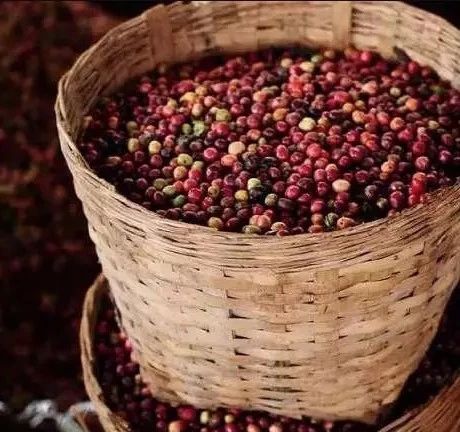
The plan requires that raw coffee beans should be picked not only by red fruit, but also by hand, but this is only the most basic requirement, and the plan is far from simple. The main purpose is to encourage coffee farmers. Trabocca, the largest coffee bean seller in the Netherlands, invites all Ethiopian farms to produce small batches of beans of about 1500-3000 kg (25,050 bags) before the harvest season. Women can only choose fully 100% ripe red cherries, which varies greatly on the flavor of the brewed coffee, so careful, discerning and industrious Ethiopian women are important drivers of the Red Cherry project.
The red cherry project is also a reinforcing method, which makes the farm pay more attention to the process of selecting beans. The prices of these coffee are also relatively high. Red cherry operations include washing, sun-drying beans, half-washing, half-sun, experimental coffee and so on. The main producing areas are Yegashifi, Sidamo, Penga Forest, Lekanti, Ken Bata, Iruba, Hara, Lim, etc., and joined the Coroja Golocha producing area in 2011 (near Harald). These are unique flavors and can fully show the flavor of Ethiopian coffee.
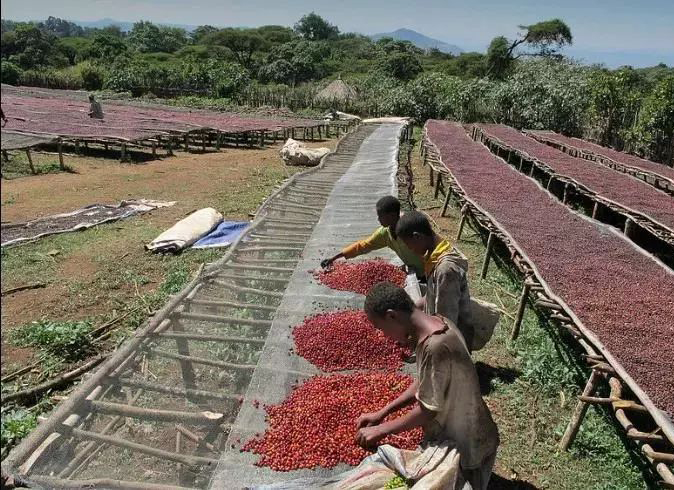
First of all, the requirement of cup test score is high. In the Amsterdam cup test rooms of Ethiopia and the Netherlands, Trabocca will screen the coffee shipped from its origin and judge whether the coffee beans are up to standard through two cup tests in Ethiopia and the Netherlands. The coffee beans up to the standard will be auctioned by Trabocca to coffee buyers around the world. Generally, the transaction price of coffee beans auctioned through this platform can reach more than 4 times the spot price of international coffee, and the highest even reaches 20 times.
Secondly, the requirement of output is small and the requirement of quality is high. In order to have enough energy to take care of the top beans in Ethiopia, Trabocca suggested that the beans involved in the program must be in small batches, probably between 1500kg-3000kg.
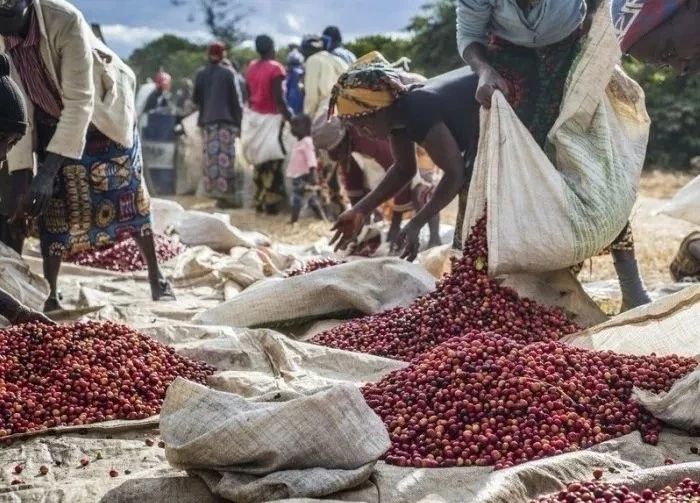
Finally, Trabocca has paid much attention to this project because of its great investment and attention. Trabocca donated new sun drying racks, sunshade nets, generators and so on. At the same time, it also provides financial loan support, new hardware equipment and production processing knowledge and technology to help farmers improve their production level. In addition, through real-time monitoring and safe transportation, we can ensure that the beans of the "Red Cherry Project" can be taken care of in every link.
Specifically, Red Cherry plans to increase the purchase price of high-quality raw coffee beans to encourage coffee farmers to pay more attention to every process of picking and processing coffee beans. The coffee beans produced in this way are of better quality and taste, and can be better recognized in the end market, thus balancing the relatively high purchase price of coffee.
Although the red cherry project coffee beans do not seem to have a great advantage now, the program has also made a great contribution to the boutique of coffee.
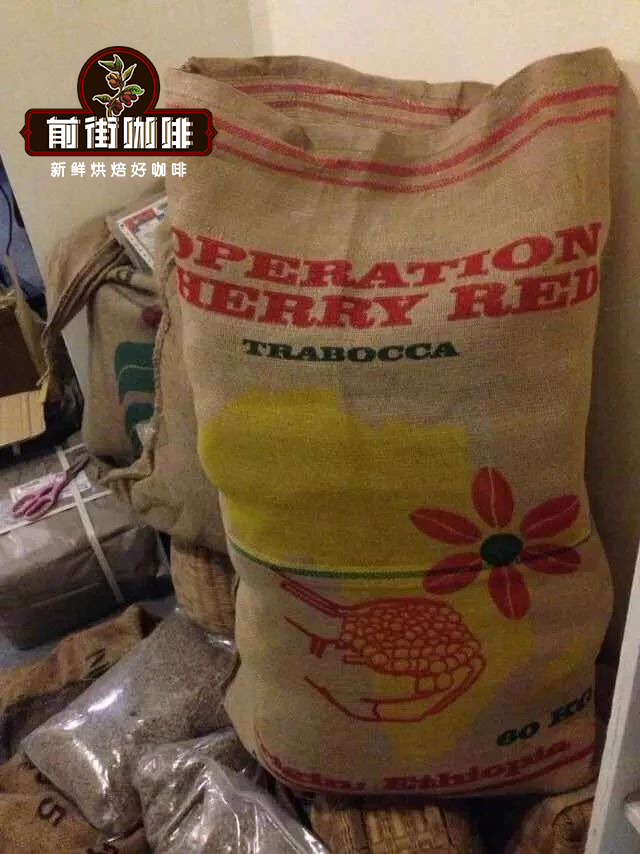
How are the sun-tanned cherries of Qianjie coffee doing?
The sun-tanned cherries of Qianjie coffee are treated with all-red fruits from Altland Farm. Altland Farm each small coffee farmer here has an average planting area of about 0.6ha, composed of hundreds of coffee farmers, with an altitude of nearly 2000 meters, a large climate difference and fertile soil, providing an excellent growing environment. Manual harvest of all red fruits can maximize the lower limit of coffee quality.
Raw beans are light yellow, full particles, complete bean phase, low defect rate, belonging to the G1 level.
Single hand Chong Red Cherry Street in front of the use of medium-shallow baking. After roasting, the coffee has uniform bean color and obvious berry aroma.
After grinding (the degree of grinding is hand-impact fine grinding: 80% of standard sieve 20) into powder, the berries are full-bodied and the flavor of fermentation is strong.
15 g coffee powder was used for brewing, the ratio was 1: 15, the water temperature was 90 ℃, and the filter cup V60.
The cooking method is three-stage type, and the first stage is filled with 30g water and steamed for 30 seconds. 100g water is injected into the center of the second section. In the third stage, 95g water was injected when the powder bed was exposed. The total extraction time is 1 minute and 50 seconds.
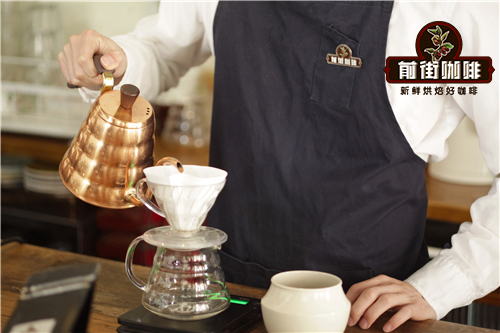
Flavor: it smells of ripe fruit, with obvious fermented aroma in the mouth, green lift, and a slight drop in temperature, with the acidity of lemon, the smoothness of cream and the juicy feeling of ripe grapes at the end.
Important Notice :
前街咖啡 FrontStreet Coffee has moved to new addredd:
FrontStreet Coffee Address: 315,Donghua East Road,GuangZhou
Tel:020 38364473
- Prev
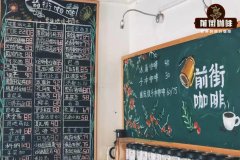
How to choose coffee beans that suit your taste? What are the characteristics of all kinds of coffee beans?
When the guide comes to Qianjie coffee, he will be frightened by the dazzling list of coffee beans. In the face of so many kinds of coffee beans, how to choose the right coffee beans! The origin / producing area needs to be determined in the first step. Coffee belongs to plants, and coffee grown in different places has different flavors. The large region can be roughly divided into African beans, American beans and Asia.
- Next
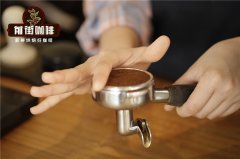
What is the way to make espresso cloth powder? What is the difference between hand cloth powder and cloth powder?
Guide in the production of espresso, there is an important process, that is, cloth powder. It is one of the required skills of baristas. So, how to learn to make powder? What is the use of cloth powder? The main purpose of cloth powder is to make the coffee powder in the powder bowl evenly distributed and the surface smooth, which is conducive to the uniform extraction of coffee.
Related
- Beginners will see the "Coffee pull flower" guide!
- What is the difference between ice blog purified milk and ordinary milk coffee?
- Why is the Philippines the largest producer of crops in Liberia?
- For coffee extraction, should the fine powder be retained?
- How does extracted espresso fill pressed powder? How much strength does it take to press the powder?
- How to make jasmine cold extract coffee? Is the jasmine + latte good?
- Will this little toy really make the coffee taste better? How does Lily Drip affect coffee extraction?
- Will the action of slapping the filter cup also affect coffee extraction?
- What's the difference between powder-to-water ratio and powder-to-liquid ratio?
- What is the Ethiopian local species? What does it have to do with Heirloom native species?

